It seems strange that being online is causing pollution. We are using a computer, reducing the need for paper, not travelling distances to communicate, and we are using mostly energy efficient machines that have a low average electricity consumption. So why does being online cause pollution? And what can we do to reduce it?
In the previous part, we gave you tips on how to reduce your personal carbon footprint impact. In this part, we are giving you tips on how your company can act greener and reduce its Internet pollution impact!

Internet Pollution
Are you familiar with the term Internet pollution? It is a term that refers to the pollution caused by the data processing servers and data centers, since they consume a lot of energy. In fact, a data center on average consumes the same amount of energy as 30’000 European inhabitants DAILY! Energy is used to power and cool down servers, and ensures that they operate c continuously in case there’s a failure. Since the world still relies heavily on dirty energy, this energy is causing an additional release of CO2!
The Internet pollution, also known as Digital Pollution, originates mainly from activities that require a lot of resources, such as streaming videos, mining for bitcoins, and sending/storing emails.
What your company can do
Companies can adopt greener online behavior as well, and their contribution can reduce immensely their online activities’ carbon footprint by using really simple tips:

– Use the FAQ section to answer your customers’ most common questions on your website. Be clear and straight to the point. Customers will need less time to research and read, you’ll receive less clarification requests through emails and phone calls and you’ll gain a reputation for being a transparent and honest business.
– Optimize your intranet: reduce unnecessary files create and a systematic filing system. Prefer putting your news on the intranet instead of sending emails if you can.
– Encourage live communication, or even phone calls within the company instead of sending tons of emails. Make the emails a un-urgent issue so employees can work uninterrupted, without keeping their eye the whole time on the inbox.
– Use white boards within a department (with nontoxic whiteboard pens of course) for small news, it’ll do the same job as a forward to all email.
– Encourage employees to remove useless emails from their inboxes and to only keep what’s essential. Your company’s party invitation from 5 years ago is a nice memory, but it’s not necessary to keep it in the inbox.

– Remind your employees to send clear emails and include any necessary details to avoid follow-up emails.
– Prefer simple pages and designs to using extremely heavy online content on your website. Most companies do not need to load their websites, it will slow down the website launching and use up too much internet. I have tried to use the same tips on my startup’s website, and it did not affect the traffic nor the amount of information I wanted to share.

Companies, when working together, can achieve goals much faster than individuals. Consider these tips as a head start in your green behavior, they will not cost you money, but they will definitely save a lot for planet Earth

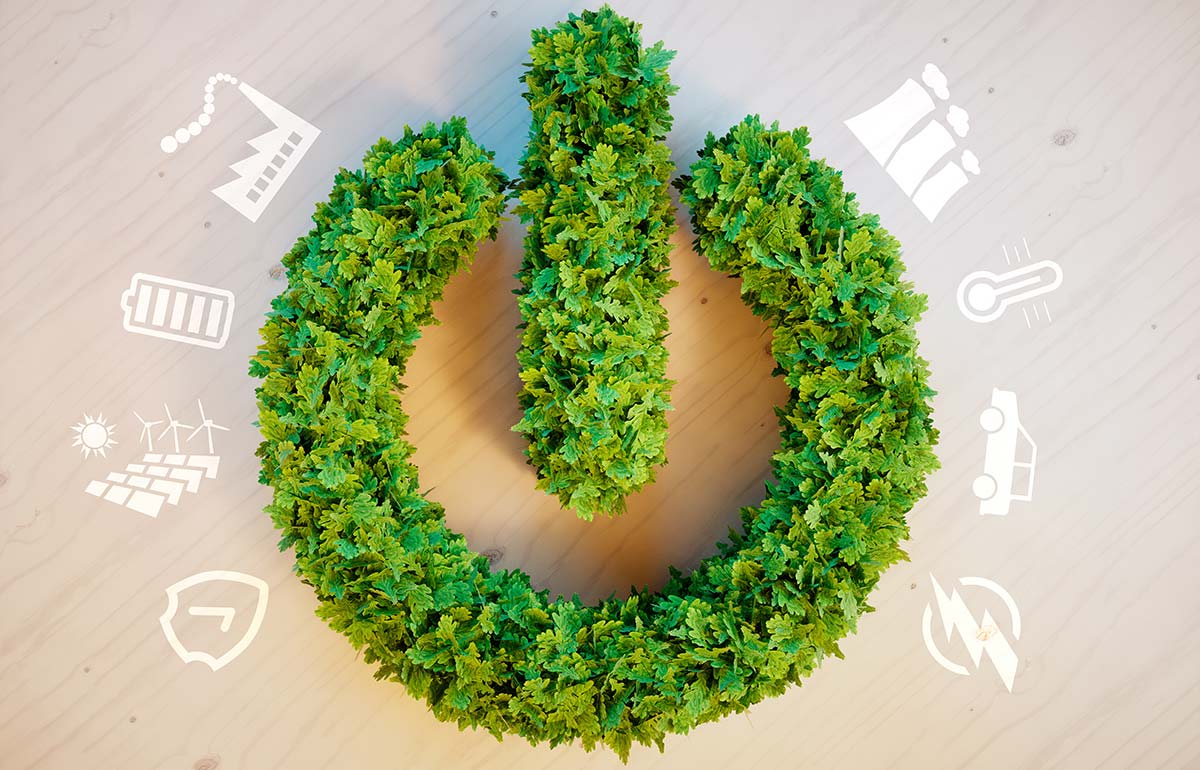

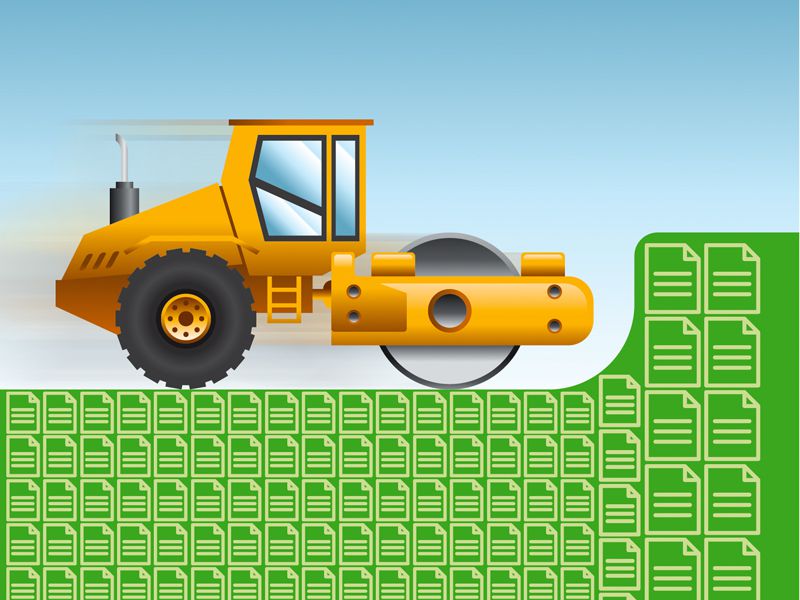
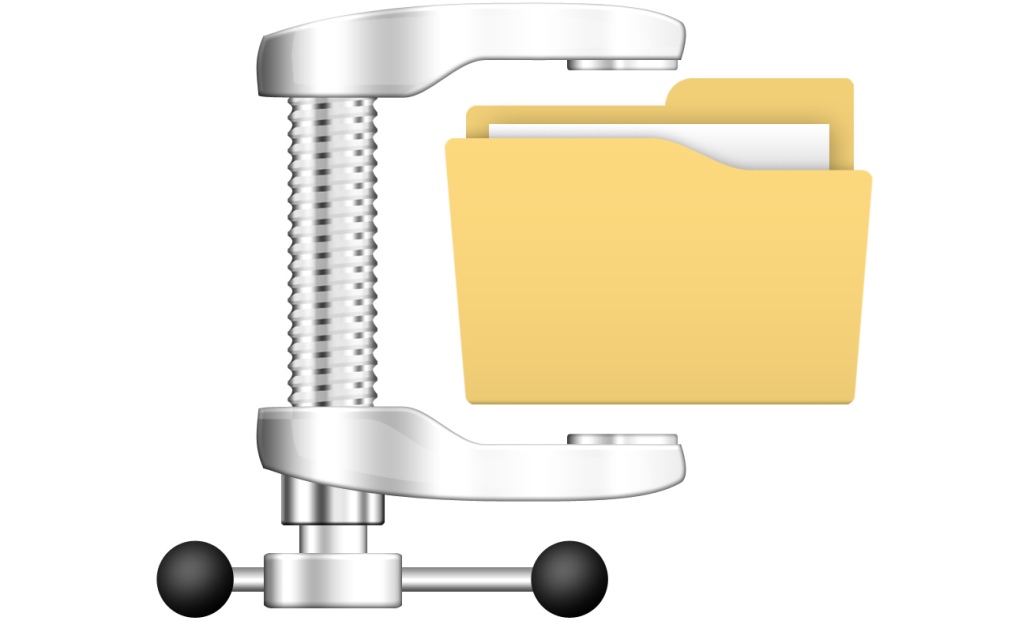



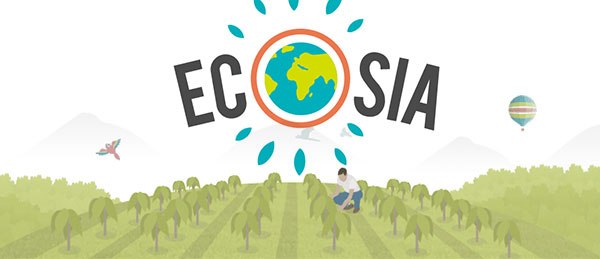

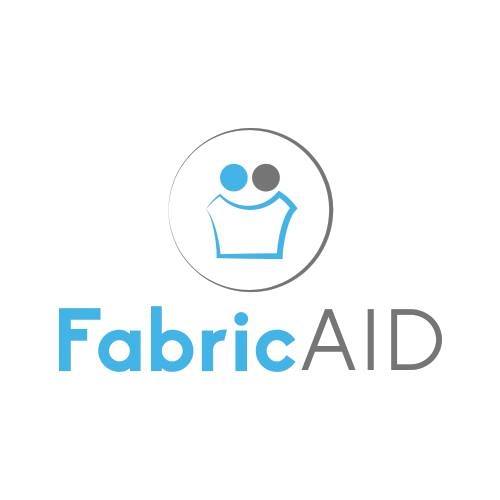




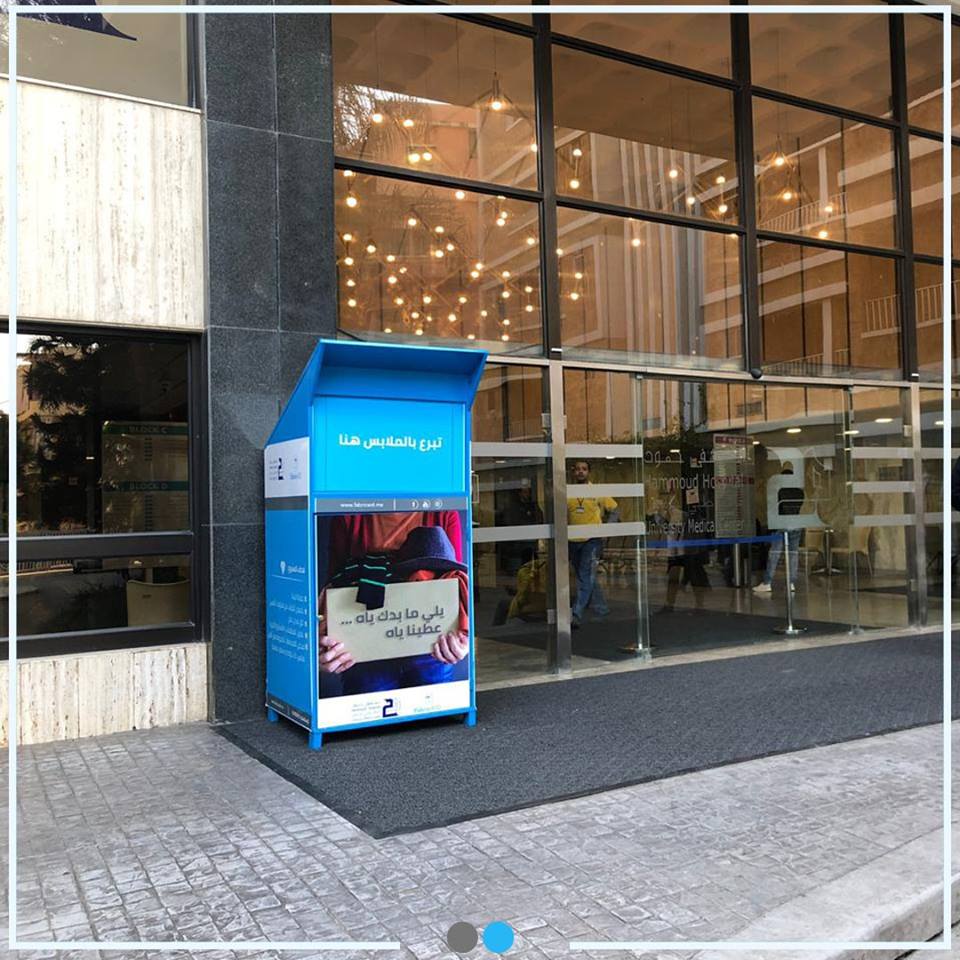




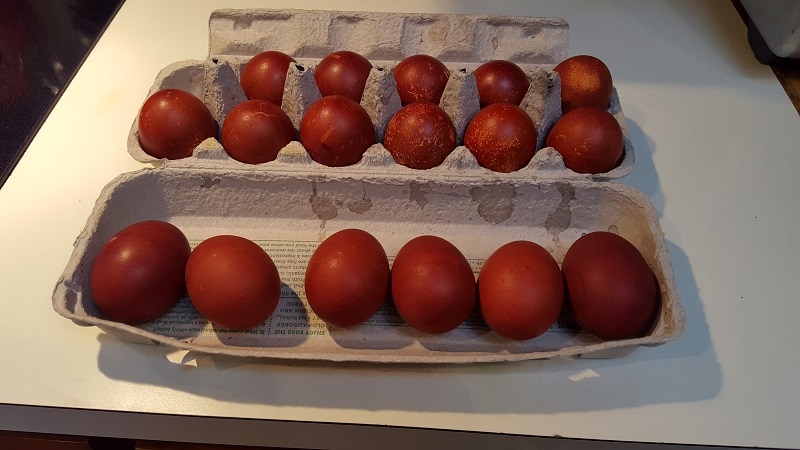






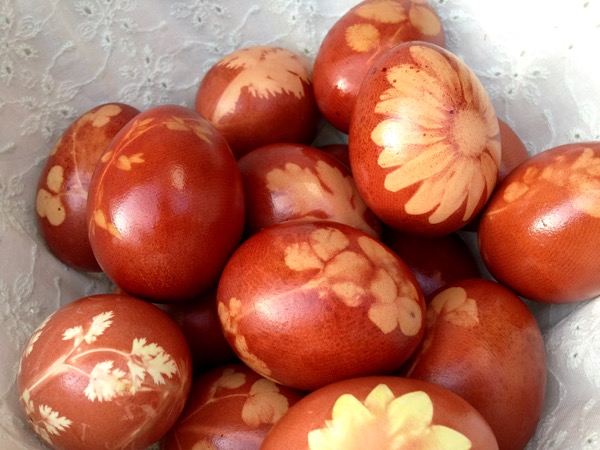


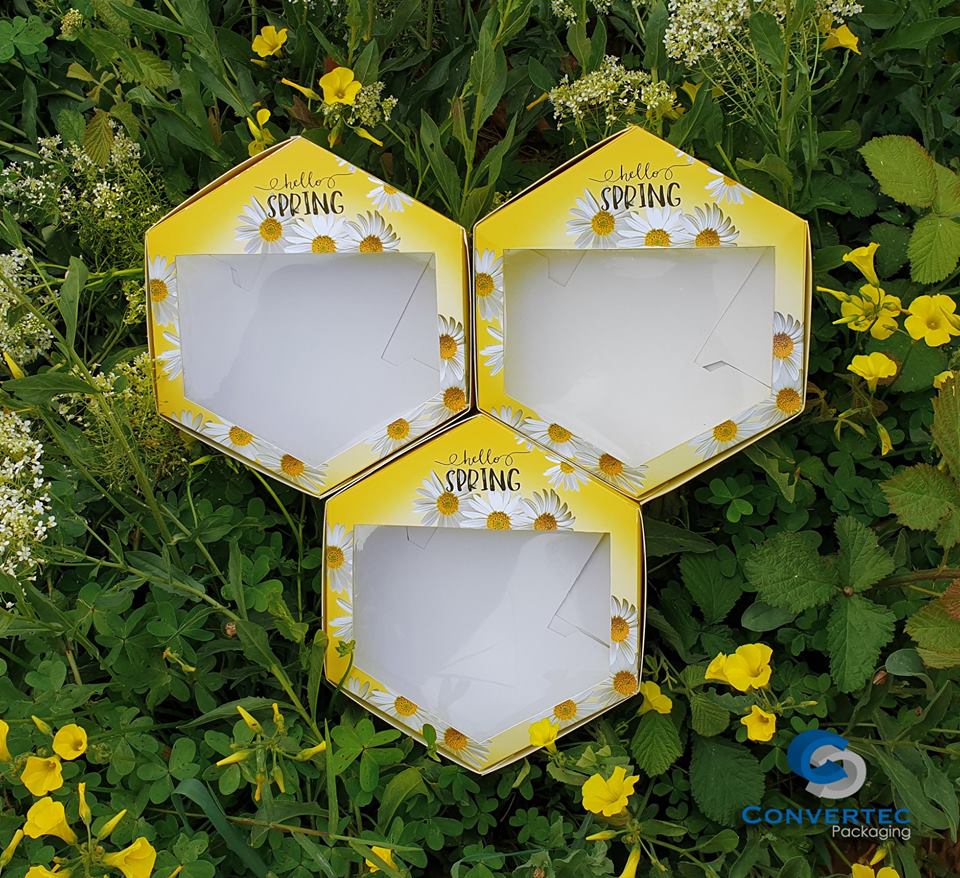
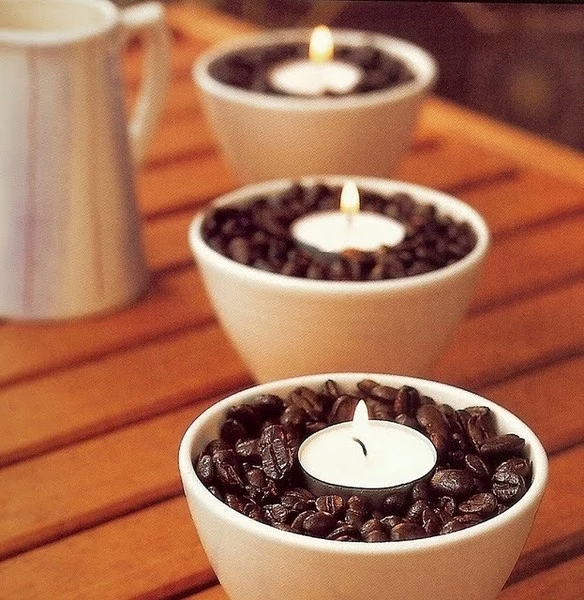




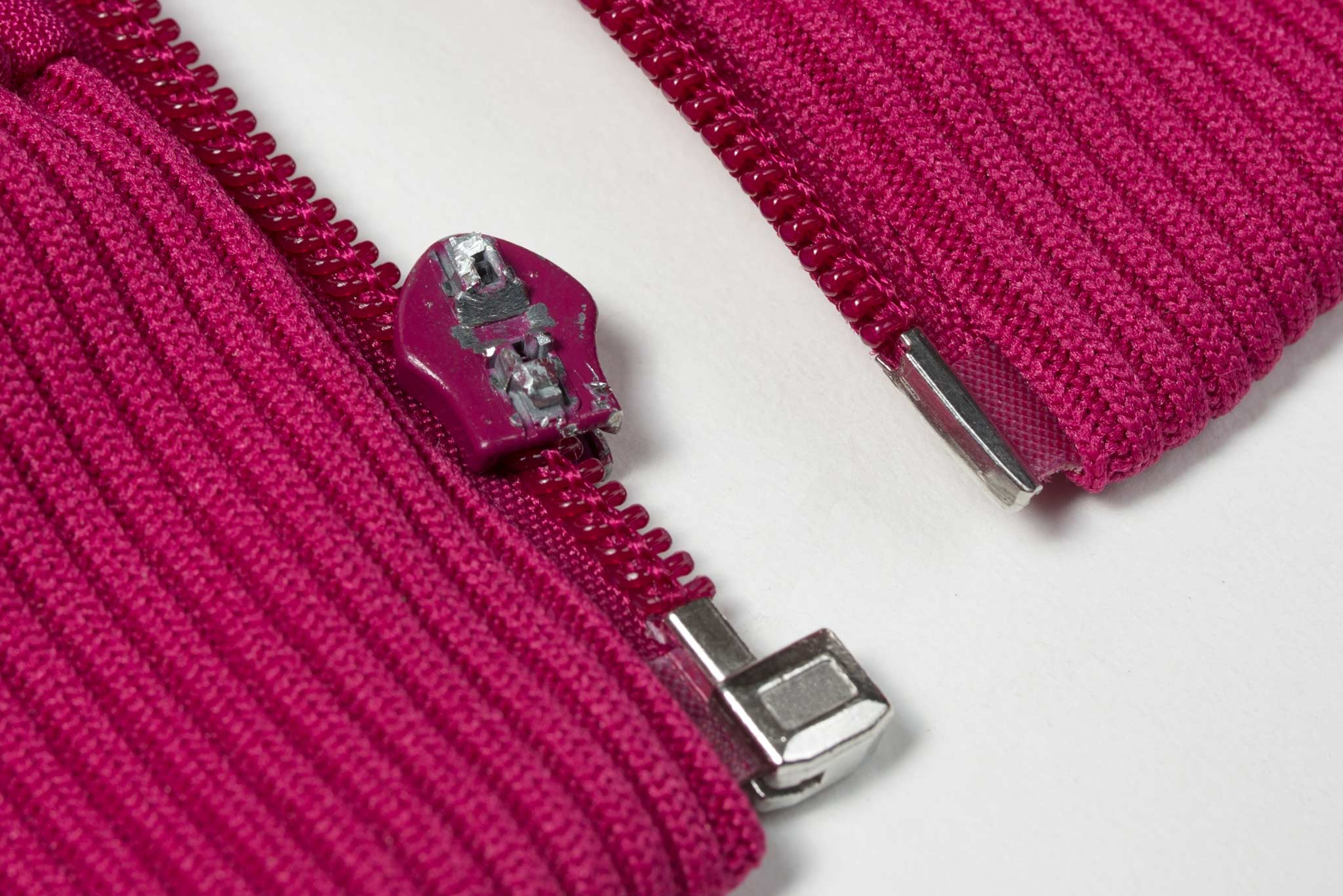
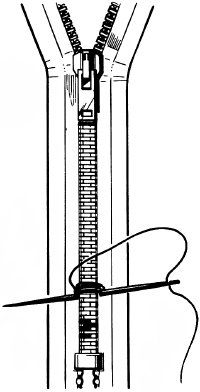 1) Choose a zipper of the same color and length of the old zipper. If you end up with a longer zipper, you can cut it from the lower part using sturdy scissors, then close its ends using a plier to hold firmly the prongs (the metal part used to close the zipper). You can sew the lower part really firmly if you don’t have prongs (check the photo). Make sure that when you cut the zipper to shorten it, the zipper is closed.
1) Choose a zipper of the same color and length of the old zipper. If you end up with a longer zipper, you can cut it from the lower part using sturdy scissors, then close its ends using a plier to hold firmly the prongs (the metal part used to close the zipper). You can sew the lower part really firmly if you don’t have prongs (check the photo). Make sure that when you cut the zipper to shorten it, the zipper is closed.

